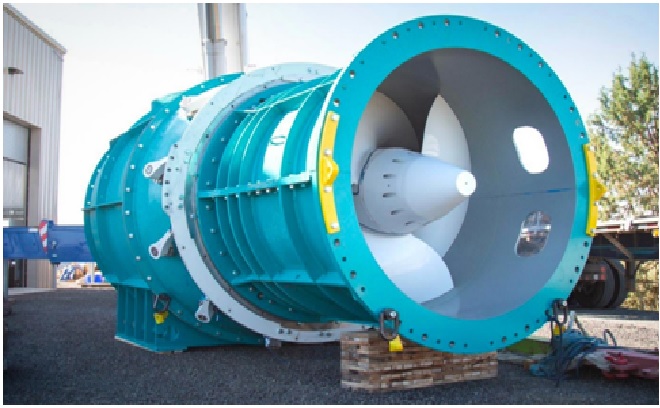New Way to Prevent Bacteria to Take Over the Body and Producing Disease
Growing up on a farm in Texas, there was always something for siblings Gia Schneider ’99 and Abe Schneider ’02, SM ’03 to do. But every Saturday at 2 p.m., no matter what, the family would go down to a local creek to fish, build rock dams and rope swings, and enjoy nature.
Eventually the family began going to a remote river in Colorado each summer. The river forked in two; one side was managed by ranchers who destroyed natural features like beaver dams, while the other side remained untouched. The family noticed the fishing was better on the preserved side, which led Abe to try measuring the health of the two river ecosystems. In high school, he co-authored a study showing there were more beneficial insects in the bed of the river with the beaver dams. [1]

Figure 1. Making Hydropower Plants More Fish-Friendly and Sustainable
Figure 1 shows through novel, fish-safe turbines and other features designed to mimic natural river conditions, the founders say their plants can bridge the gap between power-plant efficiency and environmental sustainability. By retrofitting existing hydropower plants and developing new projects, the founders believe they can supercharge the hydropower industry. That’s especially important because it is by far the largest source of renewable electricity in the world but has not grown in energy generation as much as wind and solar in recent years.
A life’s mission:
The origins of Natel came not from a single event but from a lifetime of events. Abe and Gia’s father was an inventor and renewable energy enthusiast who designed and built the log cabin they grew up in. With no television, the kids’ preferred entertainment was reading books or being outside. The water in their house was pumped by power generated using a mechanical windmill on the north side of the house. [2]
Supercharging hydropower
Natel has already installed two versions of its latest turbine, what it calls the Restoration Hydro Turbine, at existing plants in Maine and Oregon. The company hopes that by the end of this year, two more will be deployed, including one in Europe, a key market for Natel because of its stronger environmental regulations for hydropower plants.
Since their installation, the founders say the first two turbines have converted more than 90 percent of the energy available in the water into energy at the turbine. This is comparable efficiency to conventional turbines. [2]
References:
- https://news.mit.edu/2022/natel-energy-hydropower-0805
- https://skynews.icu/science/47717-making-hydropower-plants-more-fish-friendly-and-sustainable
- https://scitechdaily.com/natel-energy-making-hydropower-plants-more-fish-friendly-and-sustainable/
Cite this article:
Thanusri swetha J (2022), Making Hydropower Plants More Fish-Friendly and Sustainable, Anatechmaz, pp. 370

